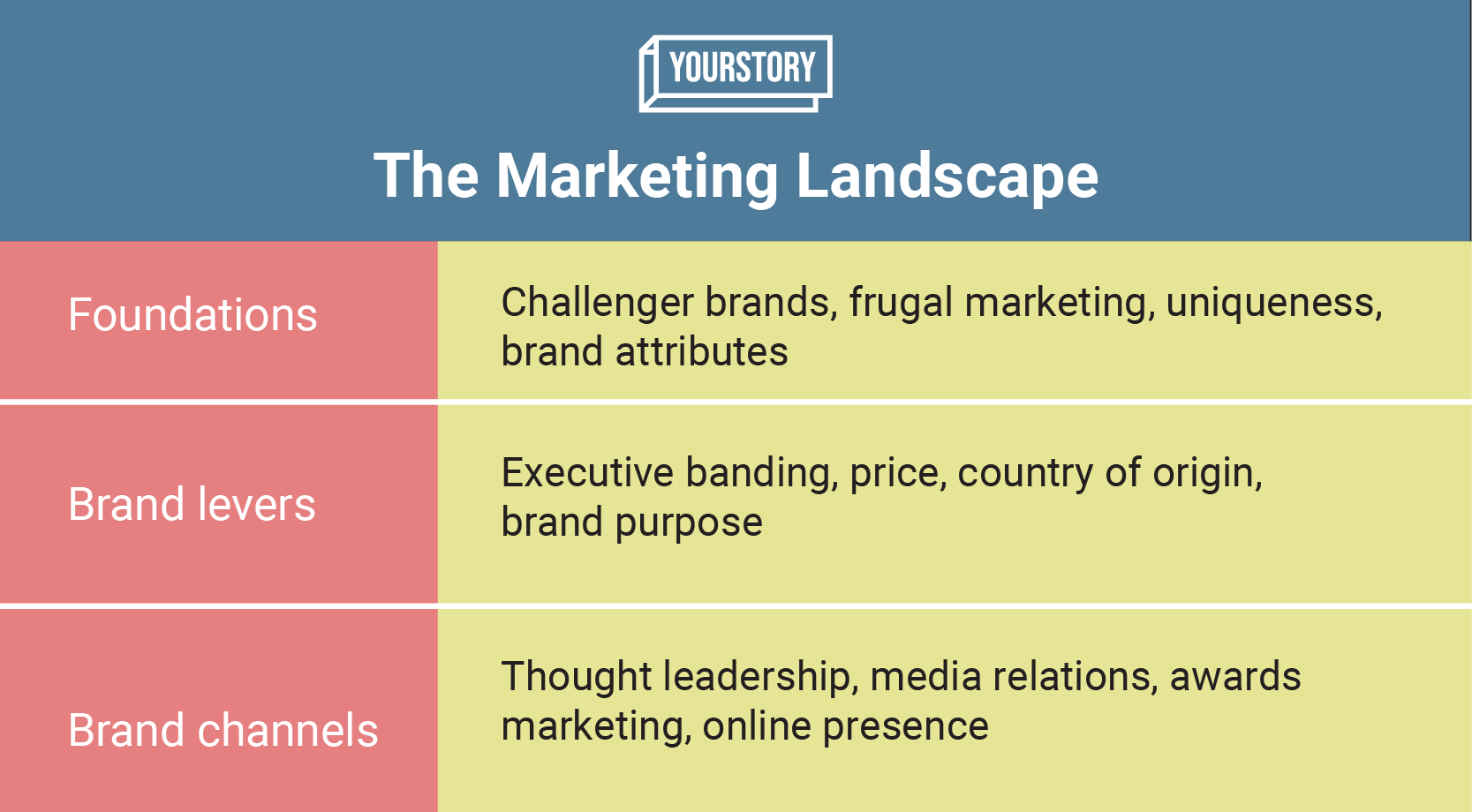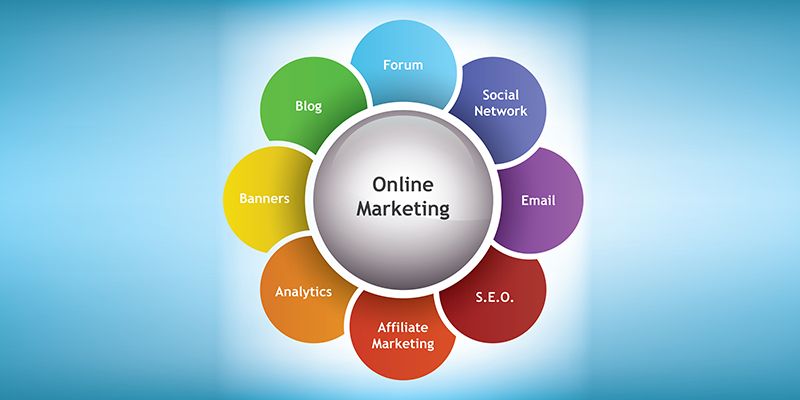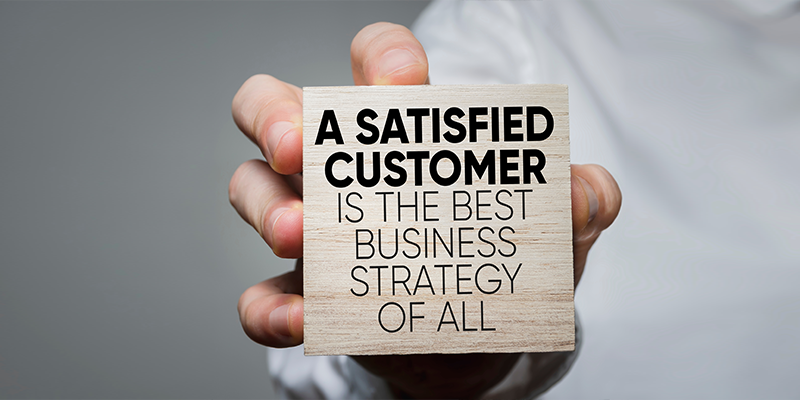Launched in 2012, YourStory's Book Review section features over 330 titles on creativity, innovation, entrepreneurship, and digital transformation. See also our related columns The Turning Point, Techie Tuesdays, and Storybites.
A comprehensive overview of effective and frugal marketing techniques is offered in the new book, Marketing without Money by Jessie Paul. The book is packed with frameworks, tables, and case studies of marketing in action, with most examples drawn from India.
Jessie Paul has 25 years of experience in marketing. She was the Global Brand Manager of Infosys, Marketing Head of iGATE (now a part of Capgemini) and Chief Marketing Officer of Wipro Technologies. In 2010, she founded Paul Writer, a marketing advisory firm. Jessie graduated from IIM Calcutta and NIT Trichy.
The digitised, socially-interconnected world has transformed fields like marketing. “There is so much room for creativity and innovation at a relatively lower cost,” Jessie begins.
The internet opens up markets of one person as well as every person. “Even as the world gets culturally more homogenous at the macro level, at the micro level, even smaller markets are now economically viable,” Jessie adds.
Here are my key takeaways from the 225-page book, summarised as well in the table below. See also my reviews of the related books Brand Storytelling, Intelligent Marketing, Data Strategy, Seeing Digital, and Machine, Platform, Crowd.

I. Foundations
Five chapters set the marketing context for the book. The pandemic has further accelerated the adoption of digital tools. D2C channels have also impacted the roles of sales intermediaries, and automation has minimised the need for in-person sales.
“Everyone is now empowered to be a journalist, opinion maker, and salesperson,” Jessie observes.
Many successful giant firms grew without big-bang advertising such as Infosys, Zara, and Sriracha. Other brands such as Zoom, Canva, Freshworks, ID Fresh Foods, and Naturals Ice Cream grew on low-cost marketing as well.
Effective marketing has helped large global brands grow in new markets like India (eg. IKEA, Starbucks, Volvo, Hyundai), and powered global challengers as well (eg. Xiaomi).
Based on categorisation by growth rate and market share, Jessie offers marketing tips for brands that are strugglers (stop defection), upstarts (focused aggressive communication), mature (highlight differentiation), and champions (proactive communication in new markets).
She advises marketers to map out the ecosystem, and invest in key stakeholders based on their reach and influence. Ecosystem players include government, analysts, consultants, online influencers, media, industry associations, expert users, customers, and employees.
Jessie offers in-depth case studies of marketing in India by Hyundai and Xiaomi, which highlight effective localisation, pricing, channels, and audience outreach.

According to marketing guru Rama Bijapurkar, three key questions to ask for a brand are Who am I, Why buy me, and Why not buy someone else.
Accordingly, brands need to develop their vision (outcome) and mission (plan) statements. All these factors are integrated into a framework which Jessie describes as the Branding House.
As examples, Jessie describes Total Environment (architecture, craft beers, music) and Jaipur Rugs (design, inclusion).
The three questions should be mapped out in different approaches to marketing, which have been classified by Jack Trout as defensive, offensive, flanking, or guerilla. A brand portfolio approach may also be needed, as shown by Rebel Foods (Faasos, Oven Story, Behrouz Biryani).
For the brand’s value proposition, Jessie advises marketers to address four key issues: added value, behavioural change in the customer, simplicity, and diffusion. Embedded messages and customer testimonials play an important role here.
One chapter focuses on brand attributes, divided into two categories: core (functional benefit) and surround (useful but not core).
For example, in addition to its offering of IT services, Infosys has developed and marketed its adherence to transparency, governance, and ethics. Paper Boat sells not just drinks but nostalgia. iD Fresh Foods has a strong focus on quality of its products to ensure customer trust.

II. Brand levers
Jessie identifies 13 brand levers in addition to Philip Kotler’s product, place, price, and promotion. They include delivery process, sustainability, and investor returns.
For example, Freshworks spotted product gaps in customer forums on CRM, and outflanked its competitors in creative ways.
“The messenger matters as much as the message,” Jessie describes, pointing to Richard Branson and Barack Obama as examples. The lines between personal and business images are blurring.
Brand ambassadors should be accessible, have a strong point of view, and build key relationships. The “personal brand plan” should span social media as well, Jessie advises.
“Brand ambassadors that are athletic, photogenic, and have a charming smile have a head start in this game,” she says, and others have to work hard to achieve cult status.
“Price can be a powerful differentiator, but only if it is leveraged as a branding tool and not just as a sales lever,” Jessie emphasises. It is about quality and value perceptions by the customer. Lower prices may not always be a sustainable differentiator, as seen in growth of the Indian IT industry.
Though stereotyping can have limitations, branding based on country origin can be effective. Examples include Singapore Airlines, Volvo, and Korean beauty brands.
However, marketers should be careful about potential lack or resonance or even backlash from the target markets, Jessie cautions. “Choose your ‘homeland’ wisely,” she advises. Other factors to consider are contribution to local markets, and design markers.
“The current trend is that brands should put brand purpose over profits,” Jessie observes. Such purposes can include environmental sustainability, social justice, and inclusion. Some companies, however, may prefer to address these issues separately through CSR initiatives.

III. Brand channels
Jessie identifies 20 communication channels for branding, such as advertising, publications and celebrity influencers.
Thought leadership can be leveraged by showcasing domain expertise through publications, webinars, and conferences. Credible third parties can be roped in as research partners.
“Earned media” can add to credibility and broad recognition, which calls for effective media relations strategies. Jessie identifies good hooks such as research (eg. Wakefit report on sleep habits during the pandemic), awards, SEO, trendspotting, and well-designed pitches.
Companies should win awards in their industries, and can even launch awards competitions of their own. For example, Infosys partnered with Wharton School for business transformation awards, which became a valuable source of insights as well. Wipro also partnered with IT associations for its applied innovation awards.
For online marketing, Jessie offers a framework of “six pillars of persuasiveness.” They include superlatives, authority, social proof, immediacy, scarcity, and free offerings. Another useful framework is described as CRISP: credible, relevant, interactive, simple, and pervasive.
Digital offers the capability to learn in real time from customers, and aggregate their inputs. Examples cited include Starbucks Ideas, an online suggestions resource.
While websites used to be considered new media, the term now refers to social media and platforms. “Most of the new media make a distinction between commercial and personal content,” Jessie observes.
These lines should be respected, and guidelines drawn up for employee participation. Social media contributions should be informative, fresh, interesting and even funny, Jesse advises.

Expert tips
The book is also packed with sidebars featuring expert interviews on marketing.
For example, Nandan Nilekani of Infosys observes that brand messages go to internal and external stakeholders, and should be visible, interesting, and easy to recall. The brand statement should be plausible and rooted in the founders’ personalities.
“What the organisation uniquely represents and lives in its daily life is really its brand value. Marketing helps sharpen the message and disseminate it consistently,” Girish Paranjpe of Wipro explains.
Personal brand messaging should be intentional and authentic, according to Paul Dupuis of Randstad.
“If you are always on sale, then there is no value to that product,” observes Snehdeep Aggarwal of Bhartiya Group. The township even attracted public attention by hosting a Carlos Santana concert on its premises in Bengaluru.

The road ahead
Jessie identifies a range of factors for companies to regularly keep an eye on, such as customer-to-customer communication. The “power of crowds” can be seen in spaces like travel portals.
Companies can publish case studies of customers, give them media access, and co-present with them at events.
Jessie also offers tips for companies who have grown enough to launch global marketing initiatives. Cultural specificity and the personal touch will always continue to be important, even as the role of digital tools and automation increases.
A blend of in-house and outsourcing approaches will work for areas like design and production of event collaterals. Jessie maps these out in a 2X2 matrix of labour intensiveness and cultural specificity.
In sum, frugal marketing is about focus, collaboration, insights, and being interesting. “Stay cool,” Jessie signs off.
YourStory has also published the pocketbook ‘Proverbs and Quotes for Entrepreneurs: A World of Inspiration for Startups’ as a creative and motivational guide for innovators (downloadable as apps here: Apple, Android).
Edited by Megha Reddy





